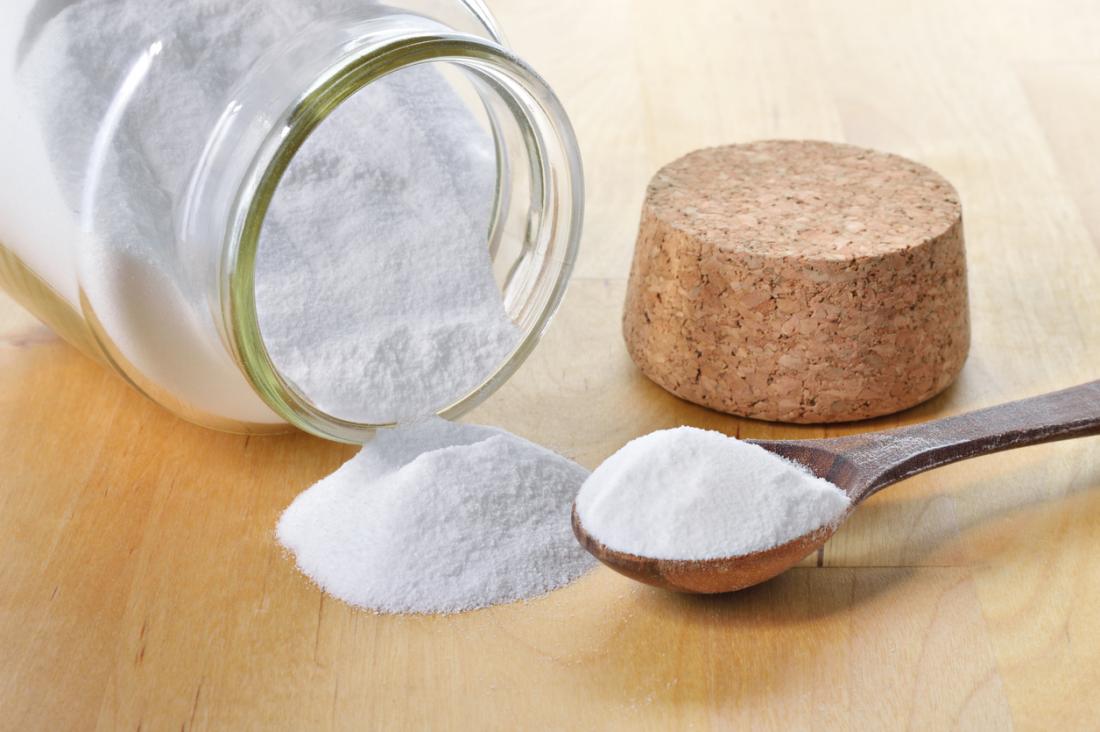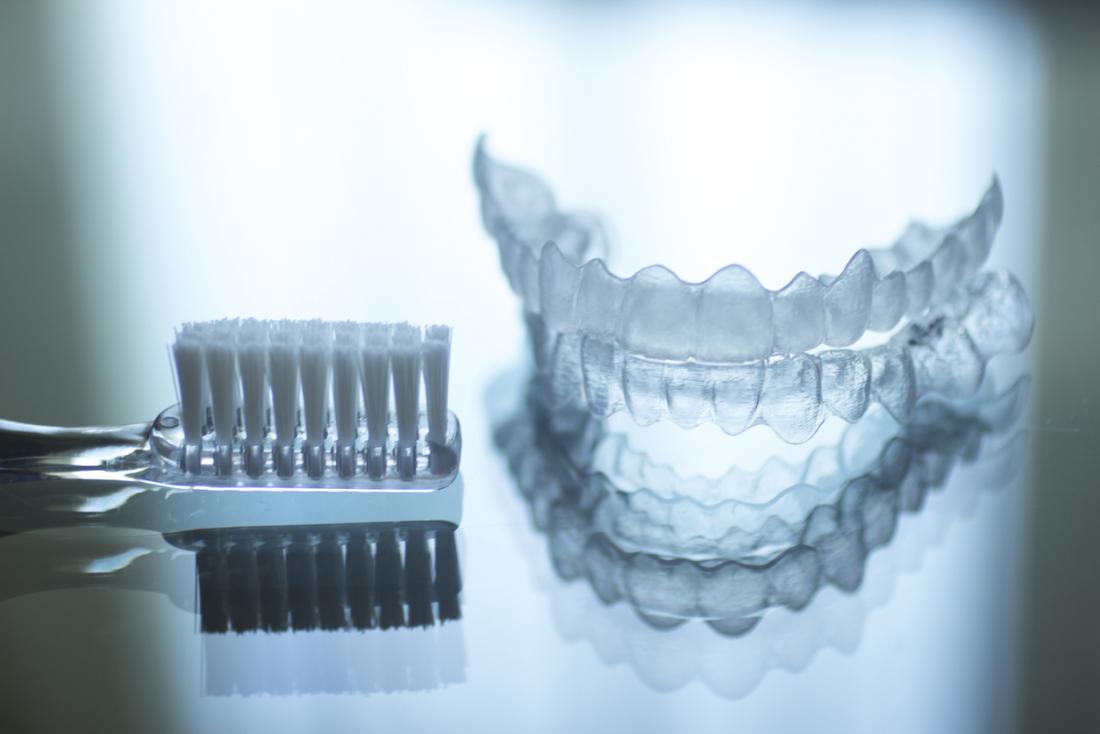The same bacteria that build up on teeth can grow on a retainer. As a result, putting an unclean retainer in your mouth is like applying a bacteria and plaque-laden solution to the teeth and gums.
If people do not know how to clean retainers, there are a few simple solutions described here that can help. However, an individual should always speak to their dentist or orthodontist first, if they have concerns about the cleanliness of their retainer.
When to clean a retainer

A soft-bristled toothbrush should be used when brushing the retainer and it should be removed and rinsed after.
People should clean their retainer, by gently brushing with a soft-bristled brush, every time they brush their teeth. A more extensive cleaning should be done once a week.
Here are some signs that a person needs to clean their retainer:
- the retainer smells or tastes bad
- there is a film on the retainer
- the retainer looks cloudy
- it has been more than a week since it was cleaned
- there are white spots on the retainer.
White spots could be mineral buildup (tartar), plaque that causes cavities in teeth, or a combination of the two.
Another sign that a retainer needs cleaning is it keeps breaking or cracking. Just as bacteria can damage the teeth, they can also damage a retainer.
If someone suddenly begins getting cavities, tooth sensitivity, or other oral health problems, there may be a problem with their retainer. If this occurs, they should review proper retainer care with their dentist or orthodontist, and ask them to check the retainer fits properly.
Eight tips for cleaning a retainer
Here are eight tips for people to make sure their retainers are clean and free from bacteria.
1. Water for cleaning on the go
Water will not clean a retainer on its own, but drinking plenty of water during the day can prevent bacteria overgrowth. Keeping a retainer moist will help prevent damage. Water also combats a dry mouth, which is linked to tooth decay.
If a retainer feels dirty, a person can try swishing some water in their mouth a few times.
Soda and other sugary drinks can affect a retainer, just as they affect the teeth. People should take their retainer out before enjoying a sugary drink and before eating anything.
Retainers that dry out are more prone to damage. As a result, people should not allow this to happen, especially overnight. Instead, soak a retainer in distilled water, any time it is removed.
If there is nothing available to store the retainer in, or if the retainer is dirty and cannot be cleaned right away, a person can soak it in a damp paper towel, until they can clean it.
2. Toothpaste
When brushing teeth, people should brush their retainer as well. It is best to use a soft-bristled toothbrush and a non-whitening toothpaste. Afterward, remove the retainer and rinse it thoroughly.
People should brush their teeth again after removing the retainer, to clean any areas covered by it.
3. Denture cleaner
It is safe to clean a retainer with denture cleaner, from time to time, particularly if no other option is available. Over time, however, denture cleaner can turn a retainer yellow.
To clean with denture cleaner, people should rinse the retainer and then allow it to soak in the denture cleaner for about 20 minutes. After taking it out, they should then gently scrub it with a soft toothbrush.
If the retainer tastes like denture cleaner afterward, rinsing should continue until it no longer does.
4. Baking soda

Baking soda can be used as a disinfectant that can control bacteria without harming the mouth.
Baking soda is a safe, all-purpose disinfectant. It may also help whiten retainers that have yellowed. Baking soda controls bacteria without harsh chemicals and can prevent a retainer from developing pH imbalances that harm the mouth.
To use baking soda, people should create a paste that is half water and half baking soda. The mixture should be thick enough to stick to the retainer.
They can then scrub the retainer gently with the mixture and a soft toothbrush, just as they would with toothpaste. Residue should be removed by rinsing the retainer, thoroughly.
5. Vinegar
White vinegar is a gentle disinfectant that can remove odors and residues.
To clean a retainer with vinegar, people should create a mixture in a small dish that is half white vinegar and half warm water. The retainer should then be soaked in the mixture for 20 minutes.
If the retainer is covered in a film or in mineral deposits, a soft toothbrush can be used to scrub the retainer clean. After being rinsed with cold water, it should be soaked for another 20 minutes.
Vinegar has a strong smell, so people may want to clean their retainer outside if following this tip. Using a disposable dish can also reduce the lingering odor of vinegar.
6. Castile soap
Castile soap is less toxic than many other cleaning products. People can make their own with a solution of olive oil and coconut soap, but castile soap is readily available at most stores.
To clean a retainer with castile soap, people should add a small amount to warm water. They can then dip the retainer into the mixture and scrub it with a toothbrush.
The retainer should be left to soak for 2-3 minutes before being scrubbed again, as necessary. Afterward, it should be rinsed with cool water and then put back in the mouth or put in distilled water.
7. Mouthwash
Mouthwash is designed to combat plaque, bacteria, and other deposits in the mouth. It can also clean a retainer if other options are not available.
Using mouthwash to clean a retainer every time is not ideal and may not clean it thoroughly enough. Mouthwash, containing alcohol, can also dry out both a retainer and the mouth.
If no other options are available, people can try dipping a retainer in non-alcoholic mouthwash for 2-3 minutes, rinsing with cold water, then gently brushing with a soft toothbrush.
8. Retainer cleaner
Some manufacturers offer retainer cleaners. For people who do not have the time or desire to make their own solution, these products are an affordable option.
It is important to follow the directions on the packaging. A few types require the use of a sonic cleaning machine or overnight soaking. Others should not be used on certain types of retainers, or for people with sensitive teeth or gum disease.
An orthodontist may be able to recommend a retainer cleaner that meets individual needs.
Retainer cleaning myths
Myths about oral health and retainer care have appeared online.

A dentist should be consulted before a retainer is brushed.
People should not believe the following claims:
- Retainers are clean, as long as you regularly brush your teeth and do not eat when wearing a retainer.
- Retainer-cleaning solutions are bad for your retainer or teeth.
- Probiotics or other supplements will keep your mouth and retainer healthy, without cleaning.
- You need to allow good bacteria to develop on your retainer, and cleaning disrupts these bacteria.
Some people also believe that brushing a retainer will scratch it. It is true that some retainers should not be brushed, but if someone has permission from their dentist, brushing is fine.
Let’s block ads! (Why?)





